Browse Books
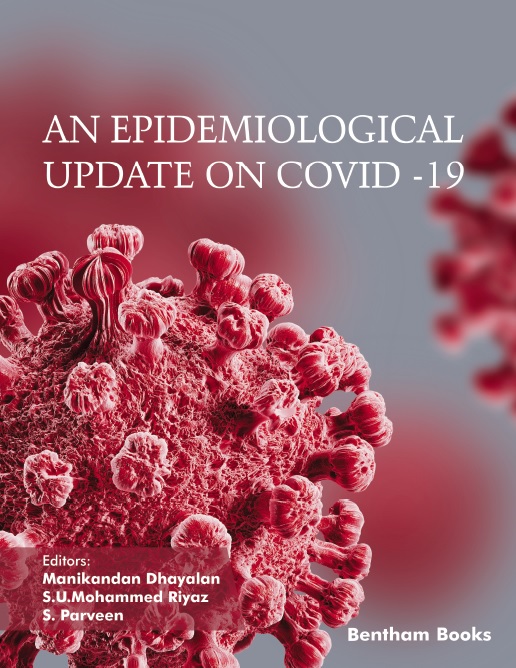
An Epidemiological Update on COVID -19
Jun 2022
Book
Manikandan Dhayalan,
S. U. Mohammed Riyaz and
S. Parveen
An Epidemiological Update on COVID-19 brings recent findings about the pandemic to the forefront. The reference is a compilation of eleven chapters contributed by expert scholars in epidemiology and medicine that cover topics of interest to anyone interested in COVID-19 monitoring and response measures. The topics also indicate some clinical areas of interest to COVID-19 researchers that have received attention due to the pandemic. It c Read More

Echography in Ocular Pathology
Mar 2015
Book
Pedro Romero-Aroca and
Manuel Montero-Jaime
This monograph expands on the ultrasound exploration of the ocular globe (or in other words the human eye) with a review of the current knowledge about ocular ultrasound techniques and its indications in ophthalmic pathology. Ocular echography has only been recently studied in greater detail by ophthalmologists thanks to new imaging techniques such as optical coherence tomography [OCT] and scanning lasers which have become the pre Read More

Ecological Footprint Assessment of Building Construction
Oct 2015
Book
Sustainability is a major concern when considering the construction of a new building project as there is a definite effect of any construction on its surrounding environment. One tool to measure the environmental impact of projects is the Ecological Footprint (EF). Ecological Footprint Assessment of Building Construction: Spanish Case Study presents the methodology required for the creation of an effective EF assessment of building constructi Read More
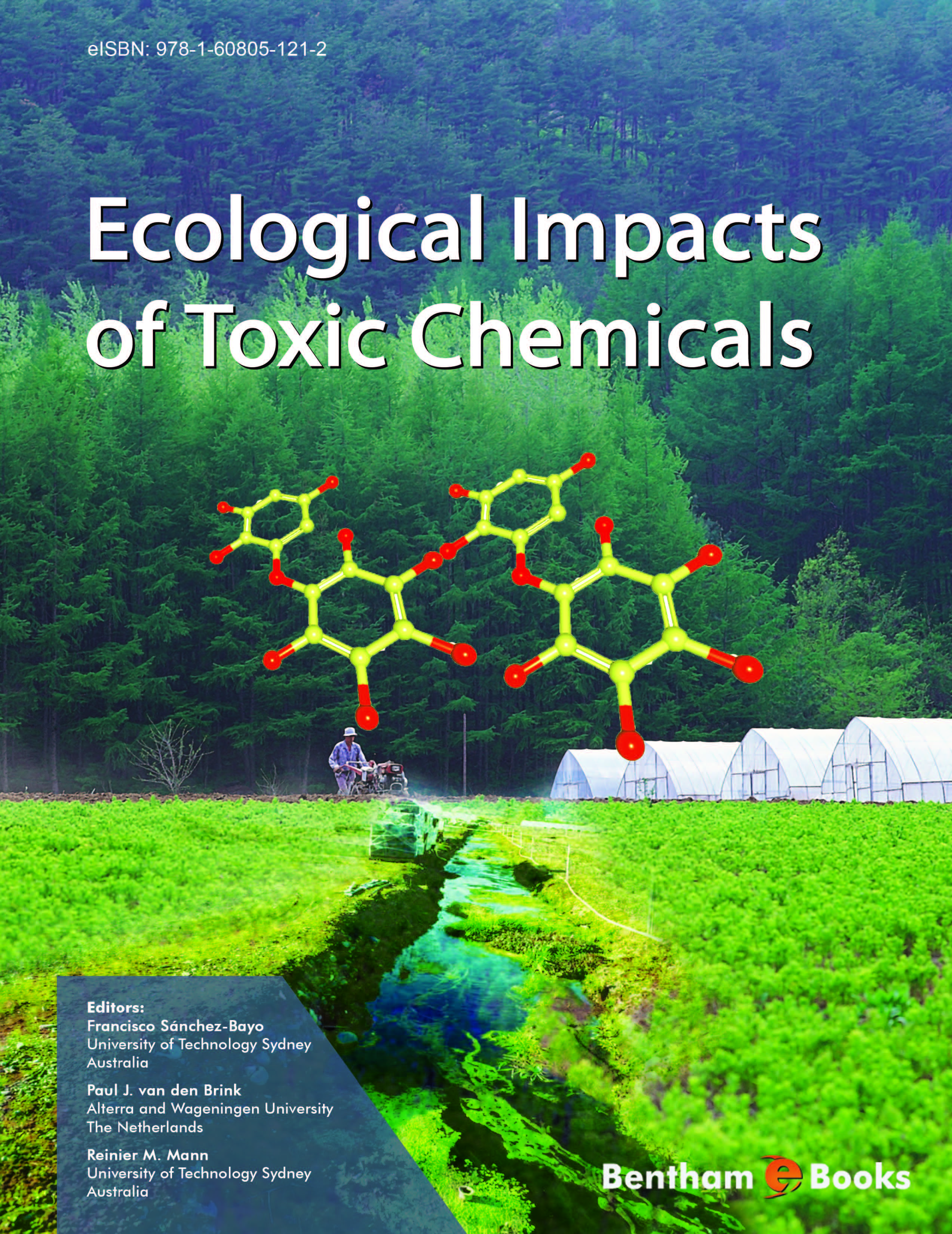
Ecological Impacts of Toxic Chemicals
Mar 2012
Book
Francisco Snchez-Bayo,
Paul J. van den Brink and
Reinier M. Mann
Ecological Impacts of Toxic Chemicals presents a comprehensive yet readable account of the known disturbances caused by all kinds of toxic chemicals on both aquatic and terrestrial ecosystems. Topics cover the sources of toxicants their fate and distribution through the planet their impacts on specific ecosystems and their remediation by natural systems. Each chapter is written by well-known specialists in those areas for the general public stude Read More

Economic Periodontal and Implant Dentistry
Dec 2016
Book
Economic Periodontal and Implant Dentistry presents a comprehensive approach to periodontal and implant dentistry. It combines basic standard knowledge with updated information about the latest advances in periodontal and implant therapy while also providing an adequate response to the increasing demands that health implants and aesthetics are making on the dental community. Key features of this text include: -a focus on interdisciplinary treatment Read More

Educational Technologies for Teaching Argumentation Skills
Sep 2012
Book
Niels Pinkwart and
Bruce M. McLaren
Considerable efforts have been made in developing and assessing educational technology to support and teach argumentation. These efforts have culminated in the form of techniques which include Intelligent Tutoring Systems and Computer Supported Collaborative Learning. Many of these techniques have been shown to be effective for specific argumentation domains. At the same time the general design problem of how to support a learner’s Read More

Efficient Preconditioned Solution Methods for Elliptic Partial Differential Equations
Mar 2012
Book
Owe Axelsson and
Janos Karatson
This e-book presents several research areas of elliptical problems solved by differential equations. The mathematical models explained in this e-book have been contributed by experts in the field and can be applied to a wide range of real life examples. Methods explained include pre-conditioned conjugate grid models higher order discretization and finite element mesh generation. This e-book should be a useful reference for scholars and professionals int Read More

Einstein's Revolution: A Study Of Theory Unification
Mar 2018
Book
Einsteins Revolution: A Study of Theory Unification gives students of physics and philosophy and general readers an epistemological insight into the genesis of Einsteins special relativity and its further unification with other theories. The book starts with an introductory analysis of the reasons for mature theory change in science. This leads to a discussion about special relativity genesis. It is contended that Einsteins ingenious approach to special relativity Read More

Electrocardiography (ECG)
Jun 2013
Book
This e-book starts with a comprehensive overview of the basic principles in Electrocardiography (ECG) with just enough depth to lift the reader above the crowd when it comes to understanding the physics behind ECG. Subsequent chapters provide an approach to the analysis of the ECG. The most important followed by sections with insight into conduction abnormalities arrhythmia and myocardial ischemia. The e-book has a straightforward layout a ve Read More
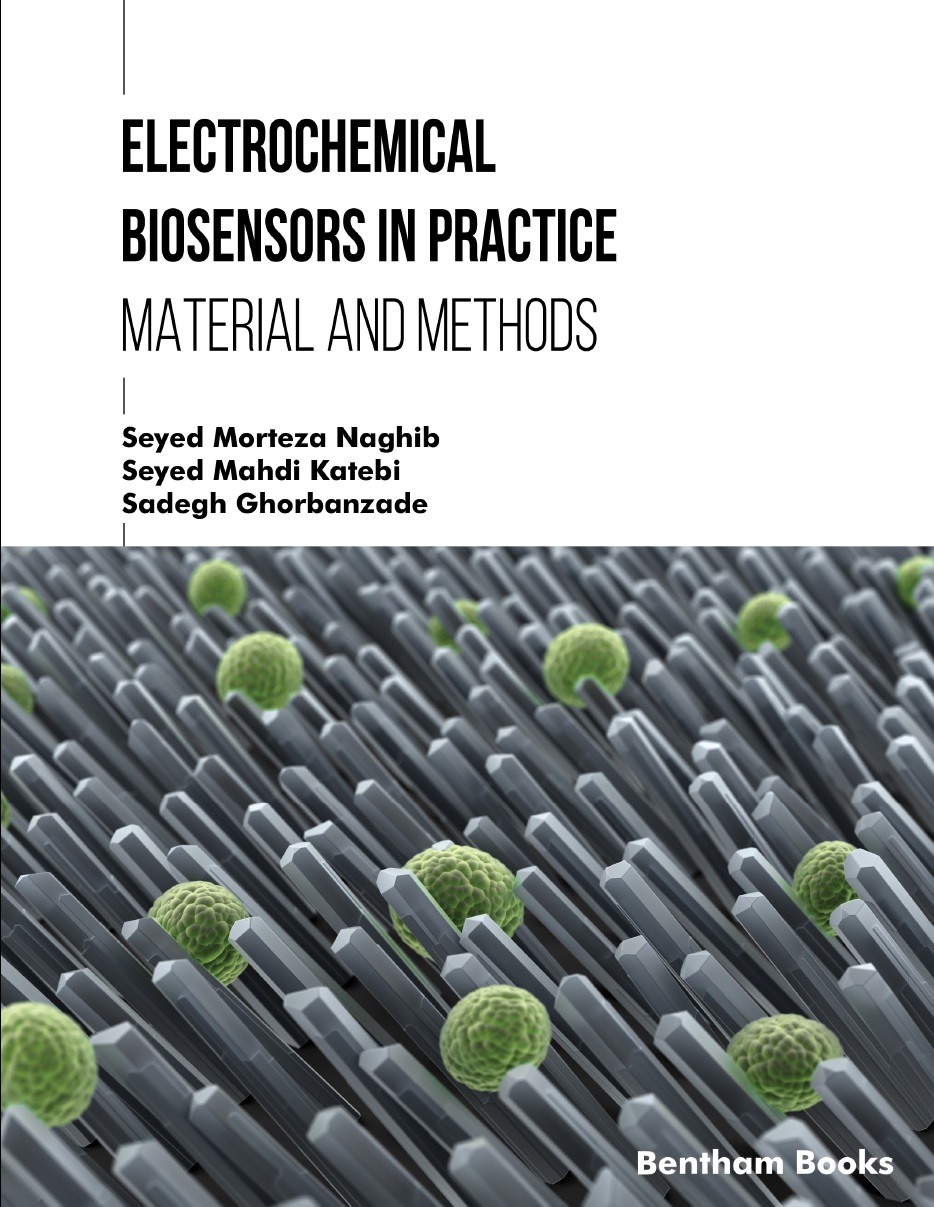
Electrochemical Biosensors in Practice: Material and Methods
Apr 2023
Book
A biosensor is an integrated receptor-transducer device that converts a biological response into an electrical signal. The design and development of biosensors have taken center stage for researchers or scientists in the recent decade owing to the wide range of biosensor applications in healthcare and disease diagnosis environmental monitoring water and food quality and drug delivery. Due to their adaptability ease of use in relatively complex sa Read More

Electromagnetic Interference Issues in Power Electronics and Power Systems
Mar 2012
Book
Firuz Zare
This E-Book focuses on conducted and radiated emission noise generated by different power converters such as Switch Mode power Supplies and DC-AC Inverters. EMI filter design and different approaches to predict common mode and differential mode noise are illustrated in detail. Common mode and surge voltage issues in AC machines have also been addressed and discussed in this E-book. The E-book is intended for helping engineers and students t Read More

Electromagnetics for Engineering Students Part I
Sep 2017
Book
Electromagnetics for Engineering Students starts with an introduction to vector analysis and progressive chapters provide readers with information about dielectric materials electrostatic and magnetostatic fields as well as wave propagation in different situations. Each chapter is supported by many illustrative examples and solved problems which serve to explain the principles of the topics and enhance the knowledge of students. In addition to the cover Read More

Electronic Design Automation of Multi-scroll Chaos Generators
Dec 2010
Book
This book is unique when compared with books on non-linear circuits and systems. The book introduces novel concepts of physics computer and electrical engineering. The synthesis of Multi-scroll chaotic oscillators is performed through three hierarchical levels of abstractions. A good repertoire of multi-scroll chaos generators is presented by dealing with 1D 2D ad 3D oscillators which require one two or three piece-wise linear functions respectively. Eac Read More
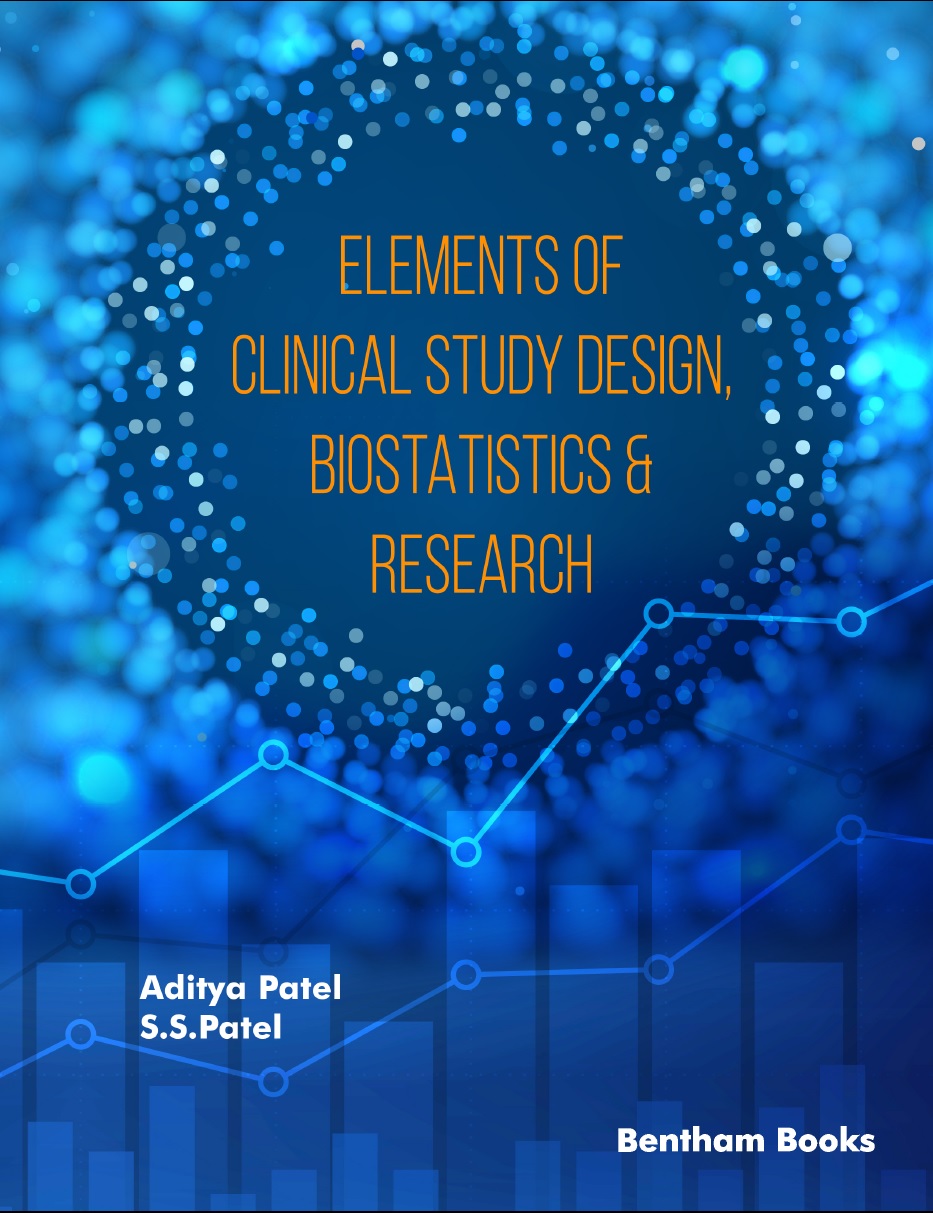
Elements of Clinical Study Design, Biostatistics & Research
Mar 2023
Book
Elements Of Clinical Study Design Biostatistics & Research is designed as a toolbox for biomedical researchers. The book's primary focus is on applications in clinical research and will benefit students and researchers involved in the biomedical field. This book addresses the problems that many practitioners experience in choosing and implementing fit-for-purpose data analysis methods to answer critical inferential questions for binomial and count dat Read More
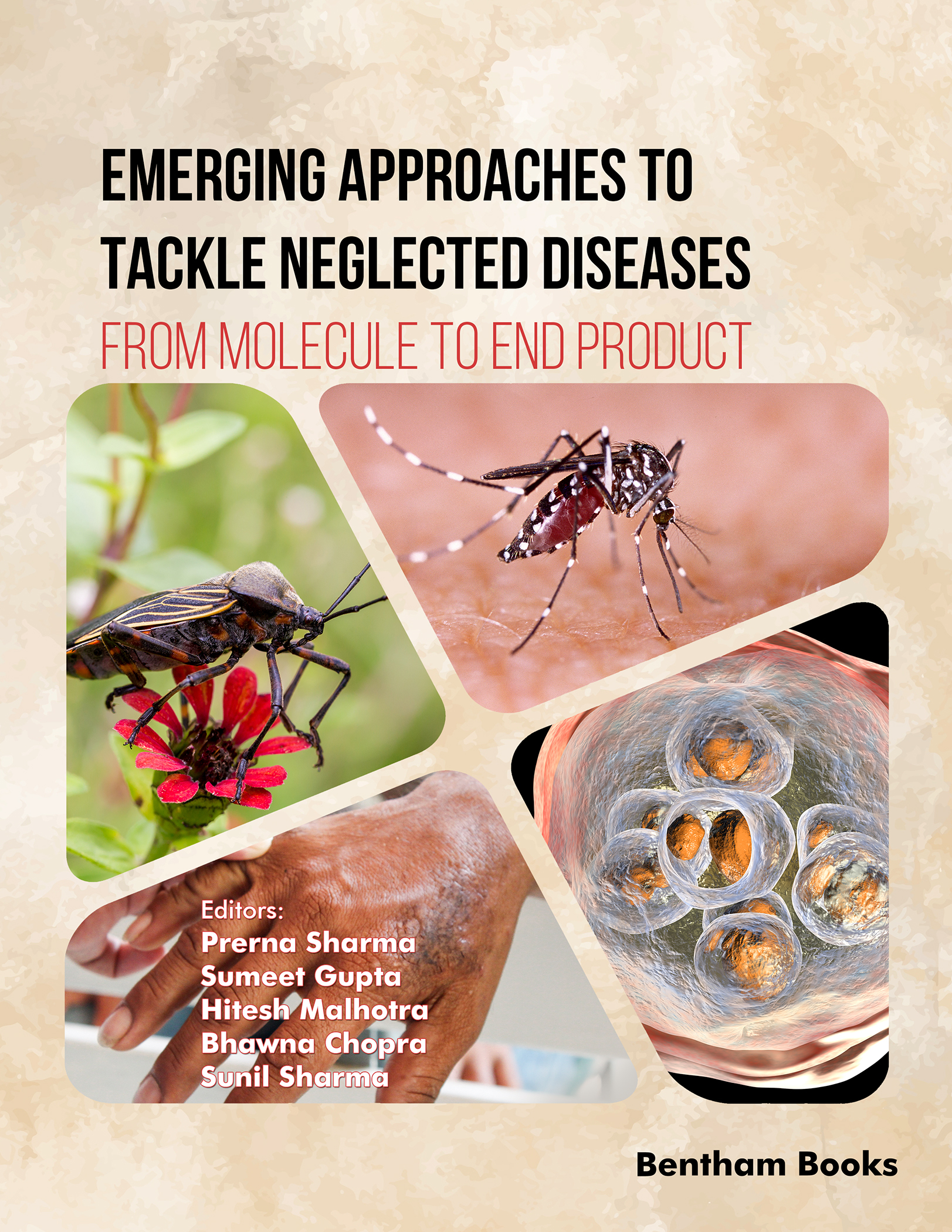
Emerging Approaches to Tackle Neglected Diseases: From Molecule to End Product
Jun 2024
Book
Prerna Sharma,
Sumeet Gupta,
Hitesh Malhotra,
Bhawna Chopra and
Sunil Sharma
This reference provides an update on current therapies to treat neglected diseases a class of diseases that primarily affect tropical regions where investment in research and development is limited. The book starts with an introduction to neglected diseases followed by reviews of therapeutic strategies to overcome the impact of neglected diseases. This is followed by updated information for handling leprosy dengue lymphatic filariasis dracunculiasis helminthi Read More
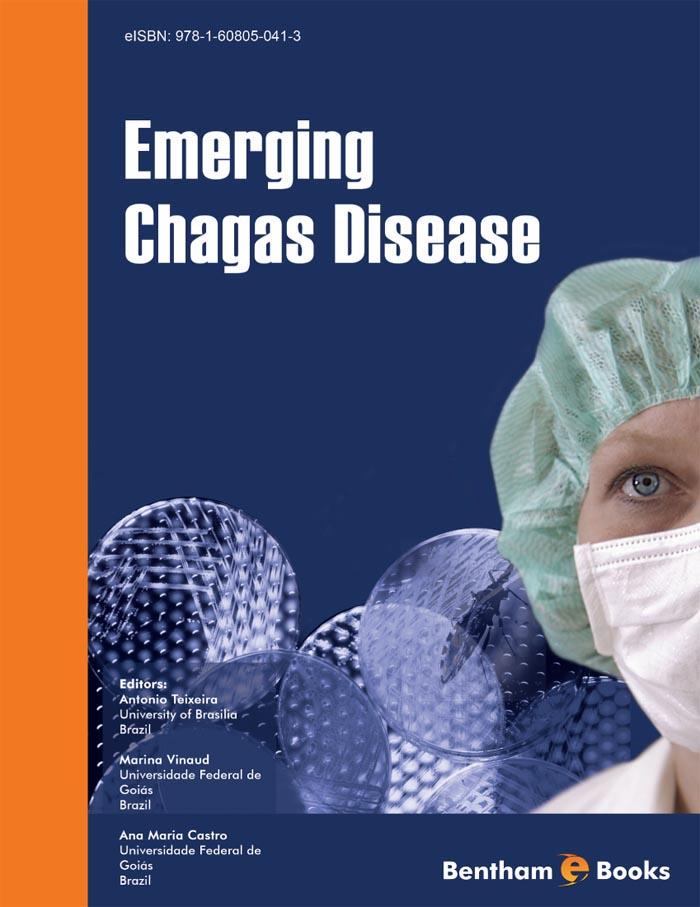
Emerging Chagas Disease
Aug 2009
Book
Antonio Teixeira,
Marina Vinaud and
Ana Maria Castro
The book focuses on a global problem challenging the health systems. Trypanosoma cruzi infections are transmitted by cone-nosed triatomine bugs by blood transfusion and congenitally from mothers to their offspring. The American Trypanosomiasis affects 20 million people; among them a significant parcel (< 1/3) will develop Chagas disease in the heart and digestive tract where the immune system effector cells destroy target host cells. Genotype modif Read More

Emerging Technologies and Applications for a Smart and Sustainable World
Sep 2022
Book
Akhil Jabbar Meerja,
Mamun Bin Ibne Reaz and
Ana Maria Madureira
This reference distills information about emerging technologies and applications for smart city design and sustainable urban planning. Chapters present technology use-cases that have radical novelty and high scalability with a prominent impact on community living standards. These technologies prepare urban and rural dwellings for the transformation to the smart world. Applications and techniques highlighted in the book use a combination of artif Read More
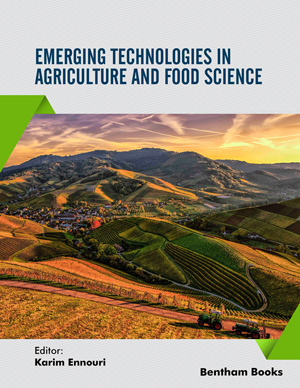
Emerging Technologies in Agriculture and Food Science
Oct 2020
Book
Karim Ennouri
Cultivators and livestock farmers are increasingly arranging innovative technical and scientific estimations with the aim to enhance agricultural sustainability effectiveness and plant health. Innovative farming technologies incorporate biology with smart technology (computers and sensor devices) exchanging information with one another autonomously in a structured farm management system. This book presents reviews on innovative techniques and Read More
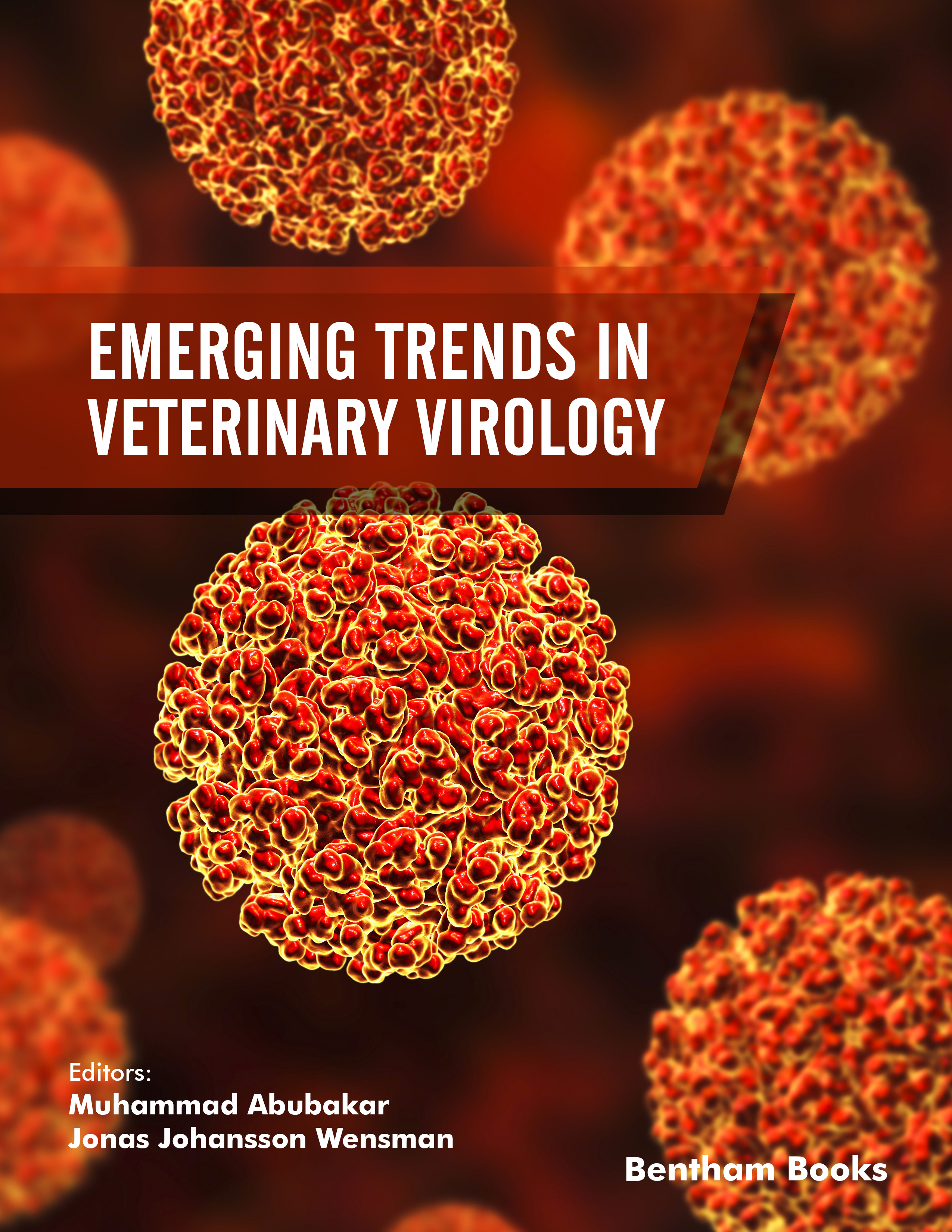
Emerging Trends in Veterinary Virology
Mar 2022
Book
Muhammad Abubakar and
Jonas Johansson Wensman
Advances in biochemistry molecular biology virology and structural biology have enabled the researchers in veterinary medicine to make many exciting discoveries that have in some cases conceptually revolutionized our understanding of the discipline. Emerging Trends in Veterinary Virology is a review of selected topics about viral infections in animals. 11 chapters cover recent findings about specific viruses that infect a variety of hosts. The content Read More
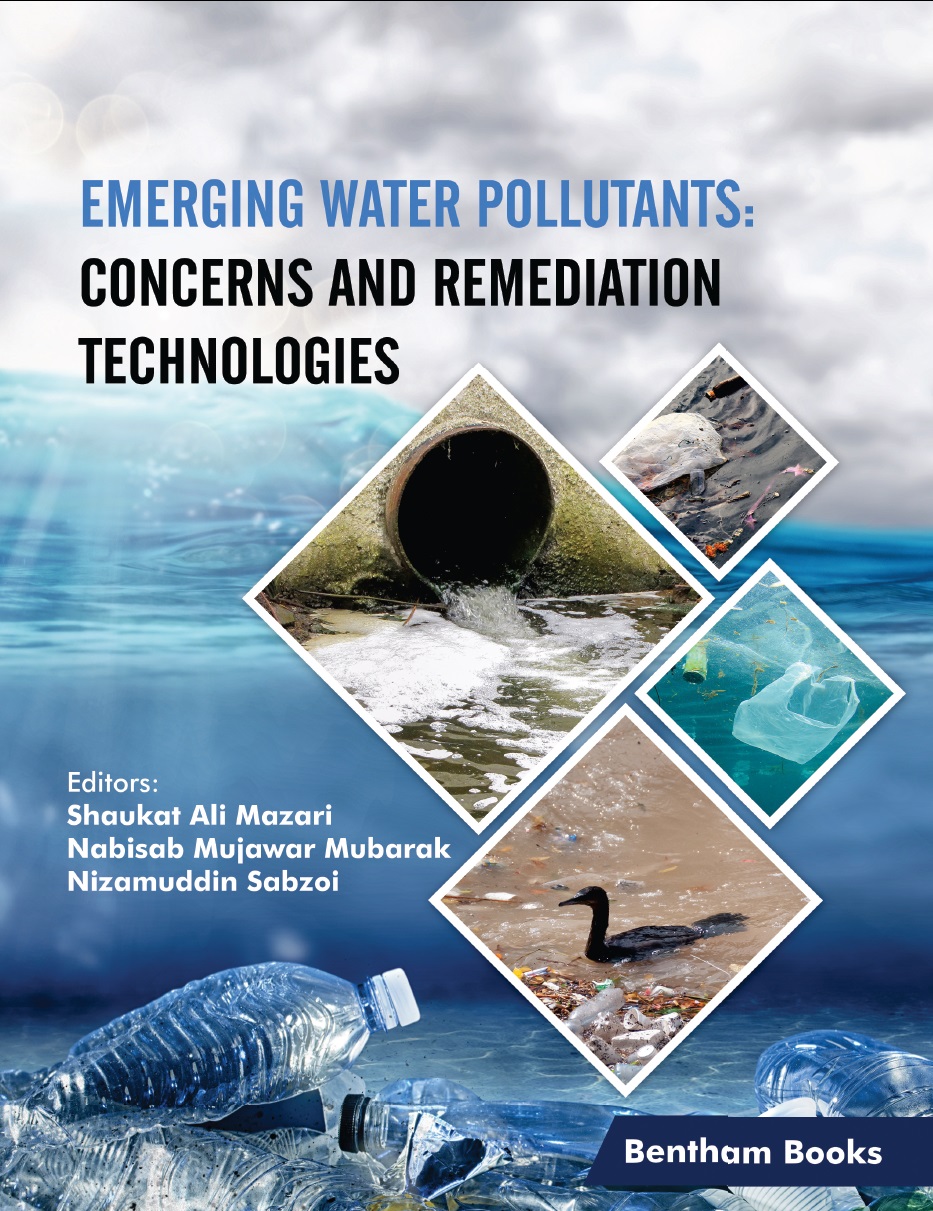
Emerging Water Pollutants: Concerns and Remediation Technologies
Sep 2022
Book
Shaukat Ali Mazari,
Nabisab Mujawar Mubarak and
Nizamuddin Sabzoi
This book examines a wide range of emerging sources off water pollution. It consists of thirteen chapters dedicated to the topic giving readers comprehensive information about the types of materials involved and the solution for their removal. The first five chapters present an analysis of the emerging water pollutants their toxicities legislations available to monitor and regulate their emissions. This introduction is followed by 3 chapters Read More
No more items...
